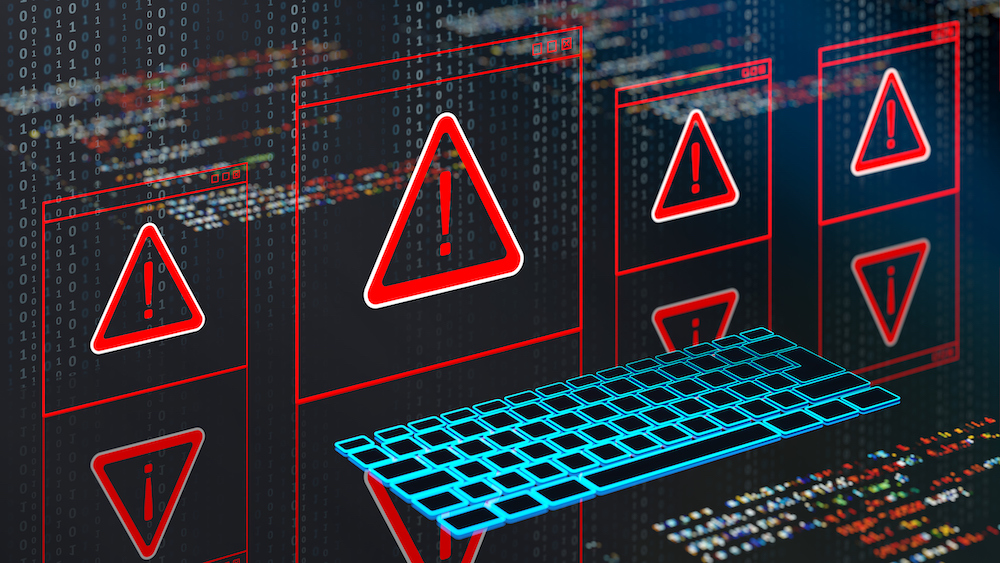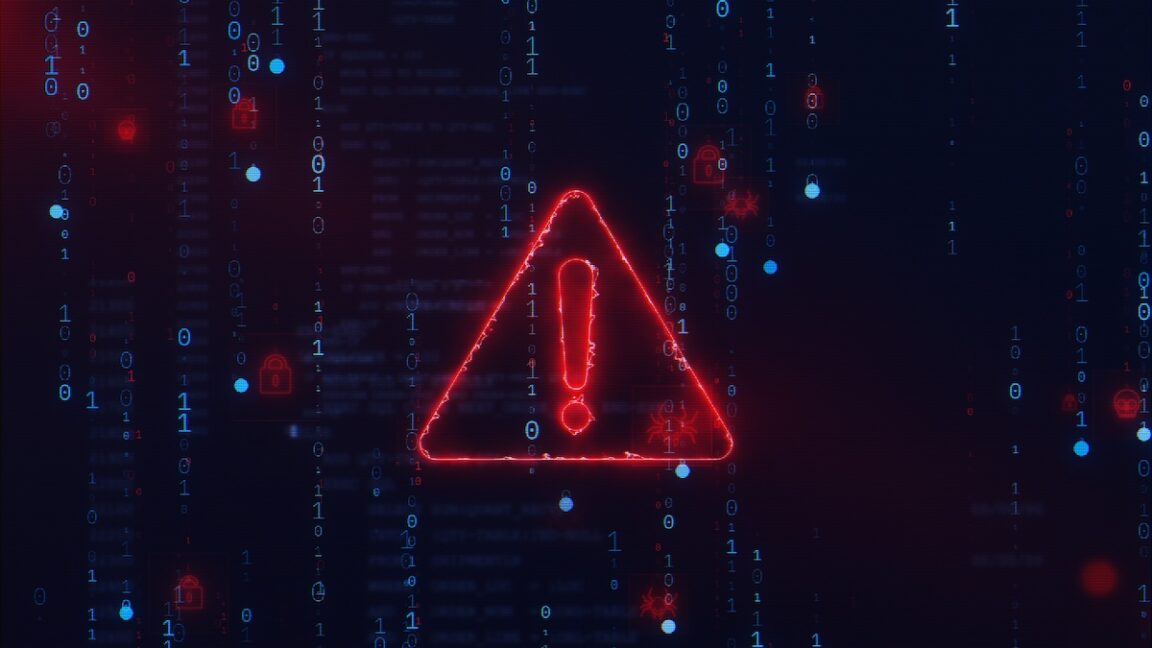Across the United States, community-based fiber providers are quietly reshaping how governments, schools, and businesses connect. In 2025, these local networks offer tailored expertise, rapid response, and local accountability that national incumbents struggle to match.
Their proximity translates into faster deployment, simpler permitting, and fewer bureaucratic delays—often turning a design into a live connection in days rather than weeks, a difference that can determine whether critical operations stay online during a crisis.
Fiber delivers true symmetrical speeds and consistent performance, enabling cloud workloads, real-time analytics, and large data transfers that strain older copper or DSL networks. For campuses, city offices, and small to mid-sized enterprises, this means reliable video conferencing, real-time collaboration, and edge computing at the source.
Public safety and emergency services benefit from high-reliability local networks, with real-time data sharing, GIS integration, and resilient failover. Education also gains from gigabit-ready campuses funded by programs like E-Rate and from protections for sensitive student data while unlocking bandwidth-intensive learning tools.
The economic ripple effects extend beyond speed. High-capacity networks attract talent, spur new business formation, and support local manufacturing and services. As AI workloads begin at the network edge, communities with robust local fiber are better positioned to deploy edge AI and realize quicker, local decision-making.
For community leaders, the takeaway is clear: select providers whose success is tied to local prosperity, with transparent SLAs, visible local presence, and a proven record of delivering results where it matters most—close to home.

















![[AS52888] UNIVERSIDADE FEDERAL DE SAO CARLOS (4 probes)](https://r2.isp.tools/images/asn/52888/logo/image_100px.png)
![[AS2716] Universidade Federal do Rio Grande do Sul](https://r2.isp.tools/images/asn/2716/logo/image_100px.png)
